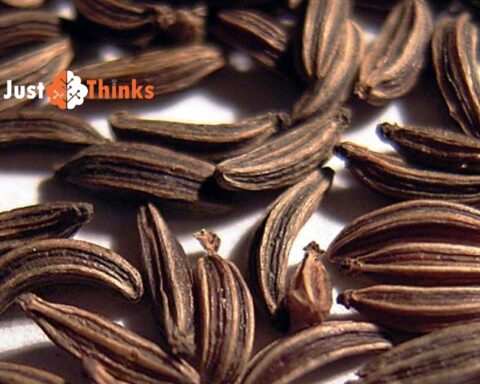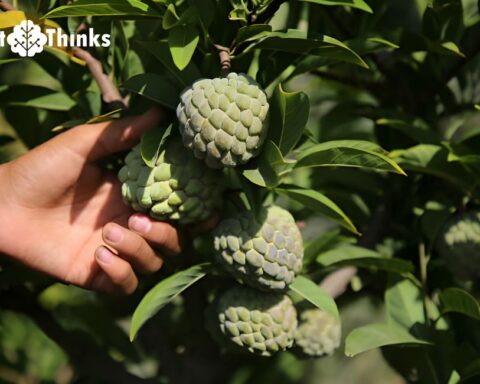These are just a few highlights of traditional Turkish cuisine. Turkish food is known for its emphasis on fresh ingredients, bold flavors, and communal dining. It’s an integral part of the country’s culture and history, and it continues to be celebrated both within Turkey and internationally.
- Traditional Turkish Cuisine: Look for articles that provide an overview of traditional Turkish foods, including mezes (appetizers), kebabs, baklava, Turkish delight, and more.
- Regional Turkish Specialties: Turkey has diverse regional cuisines. Search for articles that explore the unique dishes and flavors of different regions such as Istanbul, Anatolia, Aegean, Black Sea, and Southeastern Turkey.
- Street Food in Turkey: Turkish street food is famous for its deliciousness. Look for articles that highlight popular street food items like simit (sesame-coated bread), döner kebab, and gözleme (stuffed flatbread).
- Famous Turkish Dishes: Articles that focus on iconic Turkish dishes like İskender kebab, lahmacun (Turkish pizza), çılbır (poached eggs in yogurt), and manti (Turkish dumplings) can provide insights into the country’s culinary heritage.
- Ingredients in Turkish Cuisine: Explore articles that delve into key ingredients used in Turkish cooking, such as olive oil, yogurt, eggplant, pomegranate, and various herbs and spices.
- Cooking Techniques and Methods: Turkish cuisine involves unique cooking techniques and methods. Look for articles that explain grilling, baking in clay pots, and other traditional cooking methods.
- Historical and Cultural Influences: Articles that discuss the historical and cultural influences on Turkish cuisine, including Ottoman, Persian, Arab, and Mediterranean influences, can provide a deeper understanding of its evolution.
- Modern Turkish Cuisine: Learn about how Turkish cuisine has evolved over time and how contemporary chefs are putting modern twists on traditional dishes.
- Food Festivals and Events: Articles about food festivals and events in Turkey can showcase the country’s culinary celebrations and provide opportunities to taste a wide range of foods.
- Health Benefits of Turkish Foods: Some Turkish ingredients are known for their health benefits. Look for articles that discuss the nutritional aspects and potential health benefits of Turkish foods
- Mezes (Appetizers): Mezes are an integral part of Turkish dining culture. They consist of a variety of small dishes served before the main course. Common mezes include hummus, tabbouleh, dolmas (stuffed grape leaves), cacık (yogurt with cucumber and herbs), and various types of olives and cheeses.
- Kebabs: Kebabs are iconic in Turkish cuisine and come in various forms. Some popular types include döner kebab (thinly sliced meat cooked on a vertical rotisserie), şiş kebab (meat skewers), and köfte (meatballs). These are often served with rice, pita bread, and grilled vegetables.
- Baklava and Sweets: Turkish desserts are renowned for their use of nuts, honey, and sweet syrups. Baklava, a pastry made of layers of phyllo dough filled with chopped nuts and sweetened with syrup, is a famous example. Other sweets include güllaç (rosewater-flavored dessert with thin sheets of starch and milk), lokum (Turkish delight), and şekerpare (semolina cookies soaked in syrup).
- Soups: Soups are an important part of Turkish cuisine and are often enjoyed as a comforting and nourishing dish. Mercimek çorbası (lentil soup) and yayla çorbası (yogurt and rice soup) are popular choices.
- Pide and Lahmacun: Pide is a type of flatbread often topped with ingredients like ground meat, cheese, and vegetables. Lahmacun, also known as Turkish pizza, is a thin dough topped with minced meat, vegetables, and herbs.
- Seafood: Turkey’s extensive coastline provides a rich variety of seafood. Grilled fish, such as sea bass and sea bream, is commonly enjoyed in coastal areas.
- Breakfast (Kahvaltı): Turkish breakfast is a delightful array of flavors. It includes items like olives, tomatoes, cucumbers, white cheese, black tea, simit (sesame-coated bread rings), and eggs cooked in various styles.
- Dolmas and Sarma: Dolmas are foods stuffed with mixtures of rice, meat, herbs, and spices. Sarma specifically refers to stuffed grape leaves. Both are popular during special occasions and holidays.
- Turkish Coffee and Tea: Turkish coffee, known for its strong flavor, and Turkish tea (çay) are essential to Turkish culture. They’re often served as a gesture of hospitality.
- Yogurt: Yogurt is a staple in Turkish cuisine and is used in dishes like cacık (yogurt with cucumber and herbs), ayran (yogurt drink), and as a base for sauces.
- Ottoman Influence: Ottoman cuisine has greatly impacted Turkish cooking, resulting in dishes like İskender kebab, which layers sliced döner meat over bread with tomato sauce and yogurt.
- Seasonings and Spices: Turkish cuisine features a variety of spices such as cumin, sumac, red pepper flakes, and mint, which add depth and flavor to dishes.
- Döner Kebab: Slices of meat (usually lamb or chicken) cooked on a vertical rotisserie, often served in pita bread with vegetables and sauces.
- Baklava: A sweet pastry made of layers of phyllo dough, filled with chopped nuts and sweetened with syrup.
- Köfte: Meatballs typically made from ground meat (beef, lamb, or a mixture), spices, and herbs.
- Hummus: A dip or spread made from blended chickpeas, tahini, olive oil, lemon juice, and garlic.
- Lahmacun: Thin dough topped with minced meat, vegetables, and herbs, often referred to as “Turkish pizza.”
- Pide: Boat-shaped flatbread topped with various ingredients like ground meat, cheese, eggs, and vegetables.
- Mezes: Assortment of small appetizer dishes, which can include items like hummus, tabbouleh, stuffed grape leaves, and more.
- Simit: A type of bread, similar to a bagel, coated in sesame seeds and often enjoyed as a snack.
- Çiğ Köfte: A mixture of finely ground raw meat (often replaced with bulgur for safety reasons), spices, and herbs, served as a wrap or in lettuce leaves.
- Manti: Small dumplings filled with minced meat, typically served with yogurt and garlic sauce.
- Pilav: Rice cooked with various ingredients like meat, vegetables, and spices.
- Mercimek Çorbası: A hearty lentil soup often flavored with onions, spices, and sometimes mint.
- Patlıcan Kebabı: Grilled or roasted eggplant often served with yogurt and tomato sauce.
- Kumpir: Baked potato filled with a variety of toppings like cheese, vegetables, and meat.
- Gözleme: Thin flatbread filled with ingredients like cheese, potatoes, spinach, or minced meat, folded and cooked on a griddle.
- Balık Ekmek: Grilled fish served in a bun or bread, often enjoyed in coastal areas.
- Turkish Delight (Lokum): A sweet confection made from starch and sugar, often flavored with nuts, fruits, or spices.
- Turkish Tea (Çay): Strong black tea, usually served in small glasses and consumed throughout the day.
- Turkish Coffee: A strong and finely ground coffee traditionally prepared in a cezve (small pot) and served in small cups.
- Ayran: A refreshing yogurt-based drink mixed with water and a pinch of salt.
- These are just a few examples of the many delicious dishes you can find in Turkish cuisine. Each region of Turkey also has its own unique specialties and variations on these dishes.






